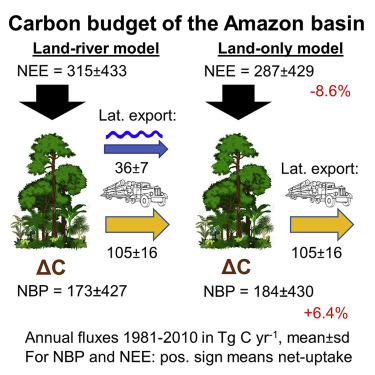


Land carbon sink represents the process of capturing carbon dioxide from the air and sequestering it in the soil through either direct conversion or indirectly via photosynthesis in plants. The primary mechanisms for this sequestration include forests, wetlands, and soils. Research indicates that approximately 30% of greenhouse gases emitted by human activities are absorbed by terrestrial systems. This underscores the significant role of terrestrial ecosystems in offsetting human carbon emissions, thereby mitigating climate change. Consequently, understanding the drivers of carbon sink is crucial for the protection, management, and planning of this vital ecosystem service. In the realm of urban planning, key strategies to enhance terrestrial carbon sinks involve increasing green spaces, improving urban ecosystem management, sustainable land use planning, urban agriculture, and planning for green infrastructure.

[Photo/Science Direct]
Source: <https://www.sciencedirect.com/science/article/pii/S2590332220303535#undfig1>
Edited and Translated by Ma Chenshuo